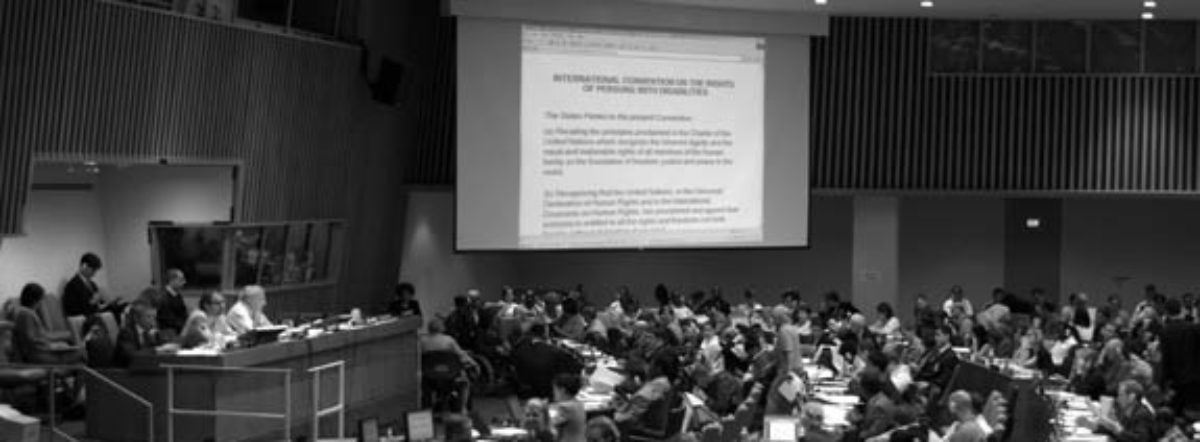*Essential reading materials
Note: the recorded lectures (links at bottom of page) supplement the readings for this segment and relate to each of the topic areas.
Understanding Human Rights
Universal Declaration of Human Rights
Core UN Human Rights Instruments
Office of the High Commissioner for Human Rights
More on UDHR: Wikipedia with references to history and criticism, UN research website
- Questions to consider:
What does it mean to say that X is a human right? Is it a fact, an opinion, an argument?
Are human rights universal?
Are they law?
How do you know that X is a human right? How would you argue your position that X is or is not a human right, to someone who disagrees with you?
Where do human rights come from? Can human rights change over time? What does it mean when new rights are recognized, or when the understanding of a right changes?
**
Non-discrimination and substantive equality
Catharine MacKinnon: Substantive Equality*
CEDAW General Recommendation No. 25
Minkowitz on substantive equality and the disability movement
- Questions to consider:
How does discrimination affect people’s relationship to the state, lawmaking and justice, and to national and international law?
How can people who have been systematically discriminated against make changes in this relationship and in law?
What would law look like if reconfigured from the perspective of women? From the perspective of people with disabilities? From the perspective of survivors of psychiatry?
**
CRPD Drafting and Negotiations from Survivor Perspective
*WNUSP Advocacy Paper to Mexico Expert Meeting 2002
Resource: CRPD Negotiation Archives
Some of the contributions by WNUSP
CRPD Advocacy by WNUSP: The Emergence of User/Survivor Perspective in Human Rights
- Questions to consider:
Which issues did WNUSP consider most important to advocate and enshrine into international law? Why?
How successful was WNUSP’s advocacy? How should we measure that success?
**
CRPD Structure and Overview
*CRPD and *CRPD Optional Protocol
- Questions to consider:
Are there themes that appear repeatedly throughout the CRPD? What stands out to you?
How do the purpose (in Article 1) and principles (in Article 3) relate to the Convention as a whole?
**
CRPD as international law
*Has your country signed and/or ratified CRPD? Its Optional Protocol?
*Get to know the Committee on the Rights of Persons with Disabilities
Sessions of CRPD Committee – with links to govt, Committee, NGO materials for each country review
UN Treaty Body System (see p 19-40)
- Questions to consider:
Has your country made a meaningful commitment to the CRPD?
What does the CRPD Committee do?
Where does the CRPD Committee get its authority from?
**
Archived materials:
Fall 2017:
Lecture #1 video recording and slides segment 1 fa2017
Spring 2017:
Lecture #1 (playback; prefers Firefox and Chrome browsers) and slides Segment 1 (pdf version segment 1)
**
Write:
Write your responses to the questions under each topic.
As we continue to work on revisions to this website, we hope to provide webforms and also forums for you to record your reflections and share them.
**
(c) Tina Minkowitz 2020-2022
